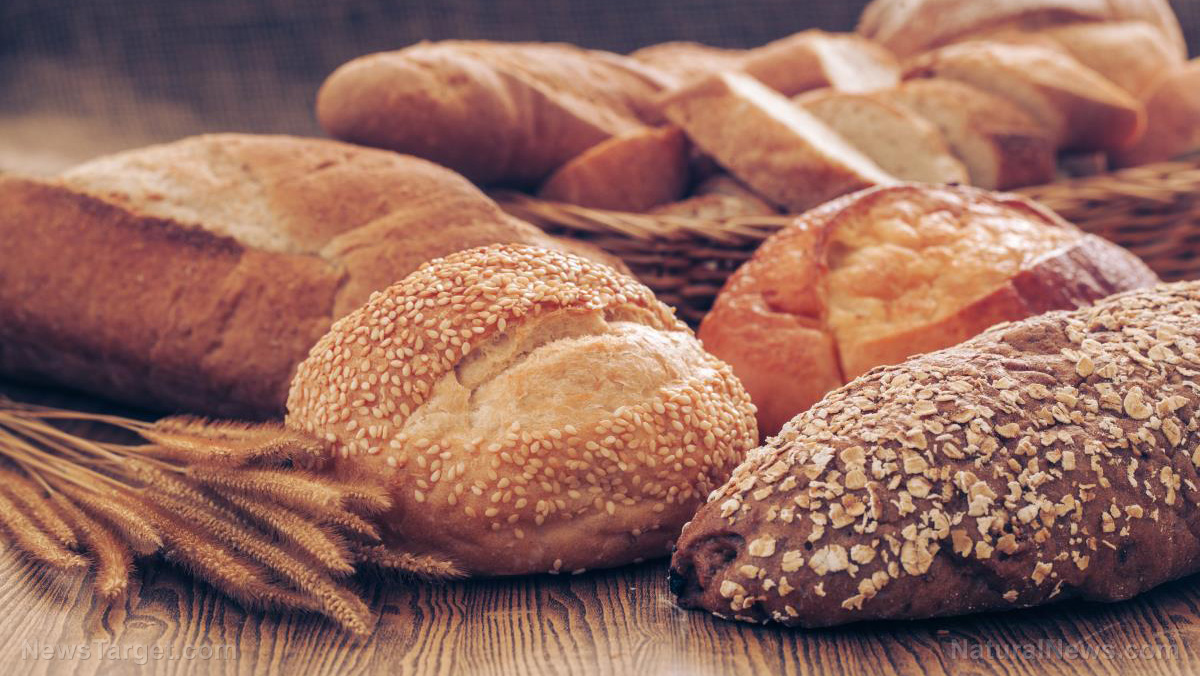Using response surface methodology to optimize the particle size of oat fiber powder in the production of wheat bread rolls
10/29/2018 / By Ralph Flores

Researchers from the Warsaw University of Life Sciences have found that using response surface methodology (RSM) can influence the flour replacement property and particle size of oat fiber powder in wheat bread rolls. The study was published in CyTA – Journal of Food.
- There is little scientific literature on how the size of oat fiber particles can affect bread production.
- For the study, the team used RSM to improve the powder’s flour replacement property and particle size as it is made into wheat bread rolls.
- The team evaluated the quality of the resulting bread by its yield, volume, moisture content, crumb and crust color, firmness, springiness, sensory attributes, and total dietary fiber (TDF) content.
- Based on the results, bread that had smaller amounts of dietary fiber had increased yield and moisture content; however, this also decreased its volume.
- Flour replacement and particle size also affected the color of the resulting bread. Moreover, firmness was directly proportional to both the particle size and flour replacement of the oat fiber powder.
- A sensory analysis indicated that the most combination of wheat rolls was that with the lowest flour replacement value and the highest oat fiber particle size.
The findings revealed that RSM can be used to determine flour replacement and particle size in wheat bread.
Read the full text of the study at this link.
Learn more about wheat bread at Food.news.
Journal Reference:
Marcin K, Jaros?aw W, Monika P, Agnieszka W. APPLICATION OF THE RESPONSE SURFACE METHODOLOGY IN OPTIMIZING OAT FIBER PARTICLE SIZE AND FLOUR REPLACEMENT IN WHEAT BREAD ROLLS. CyTA – Journal of Food. 15 June 2015;14(1):18–26. DOI: 10.1080/19476337.2015.1036309
Tagged Under: breadmaking, dietary fiber, fiber content, food preparation, food science, functional food, oat fiber powder, response surface methodology, wheat bread



















